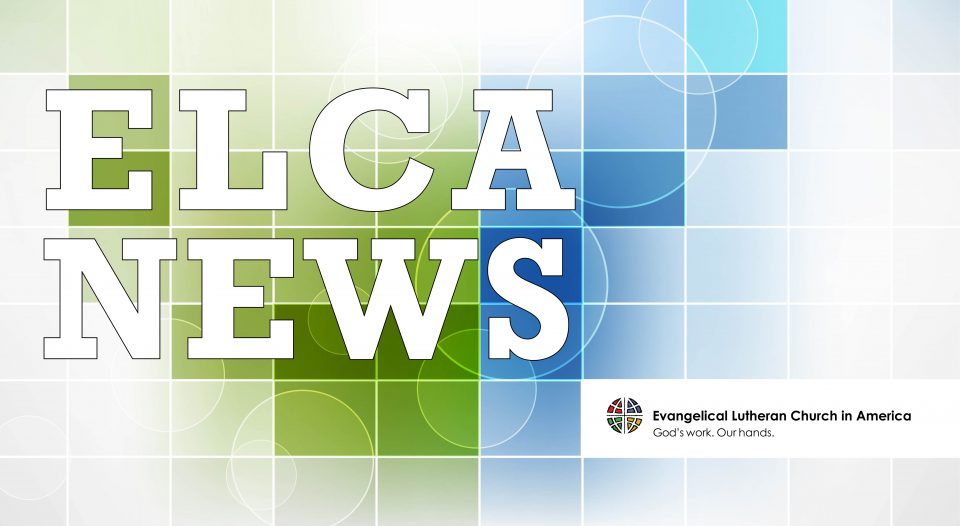The Church Council of the ELCA has affirmed the proposed Future Church design that is focused on a renewed purpose to activate the entire church so that more people may know the way of Jesus and discover community, justice and love. The council, which serves as the ELCA’s board of directors and legislative authority for the church between churchwide assemblies, held its electronic meeting Nov. 12-14.
Future Church is based in the belief that members, congregations, synods and the churchwide organization must work together to share the powerful witness of the gospel in the world and to invite more new, young and diverse people to experience God’s grace in action. The new design identifies three priority areas: a welcoming church that engages new, young and diverse people; a thriving church rooted in tradition and radically relevant; and a connected, sustainable church that shares in a common purpose and direction.
The Future Church structure will be implemented in the churchwide organization on Feb. 1, 2021. The structure will introduce three new home areas: Christian Community and Leadership, led by Philip Hirsch; Innovation, led by Mikka McCracken; and Service and Justice, led by Rafael Malpica Padilla. Approximately 5% of the churchwide organization staff will be separated as a result of the new design.
In response to the continuing trends in membership and diversity and the data from an innovation readiness survey, the following new criteria were affirmed for the ELCA:
- Prioritize the engagement of new, young and diverse people.
- Unite all expressions of the church (congregations, synods and the churchwide organization) into one church—together.
- Align decision-making, accountability and leadership where best suited.
- Operate in agile, flexible and speedy ways.
- Act based on data and measurable impact.
- Eliminate silos and divisions.
Read more about the design and other Church Council business.



